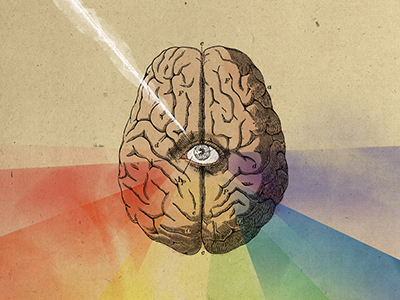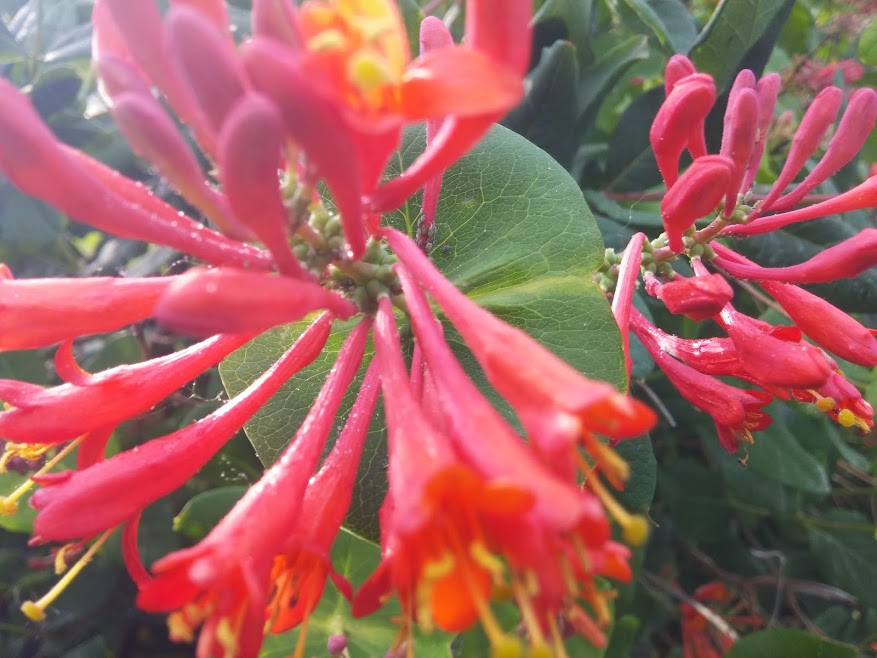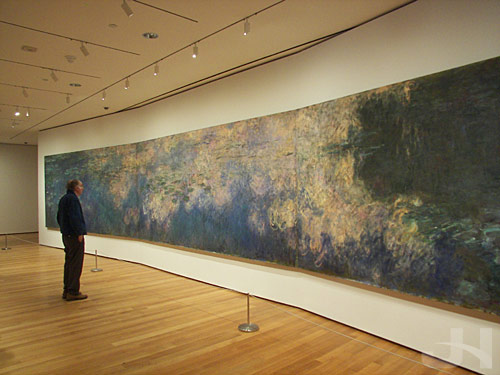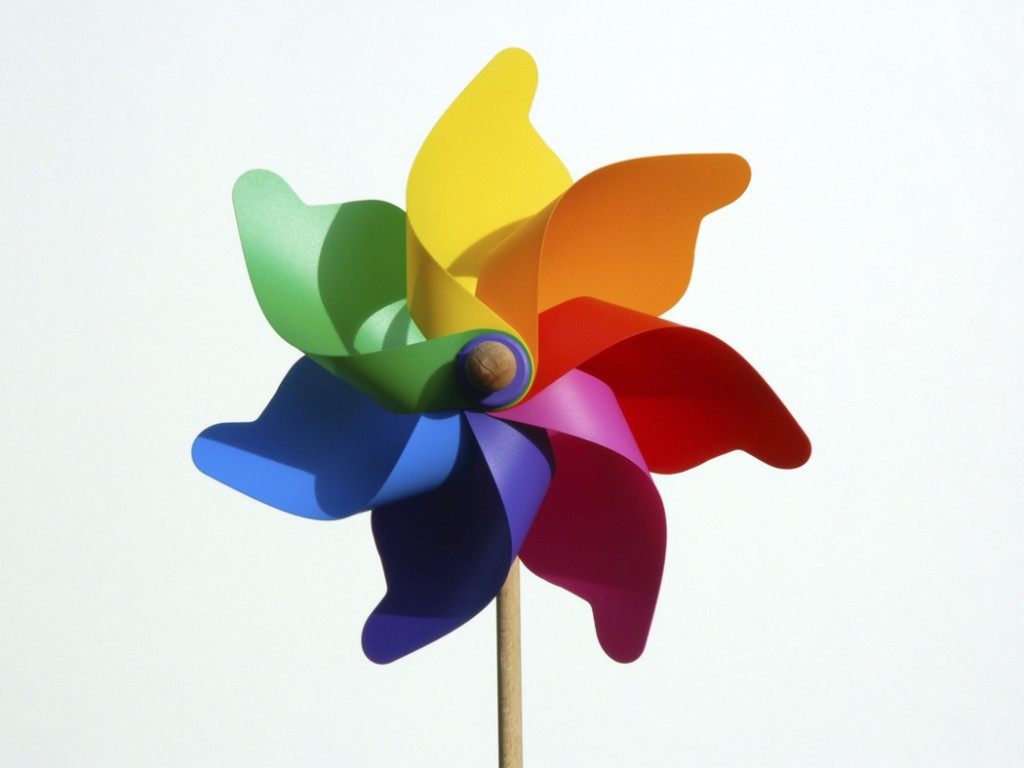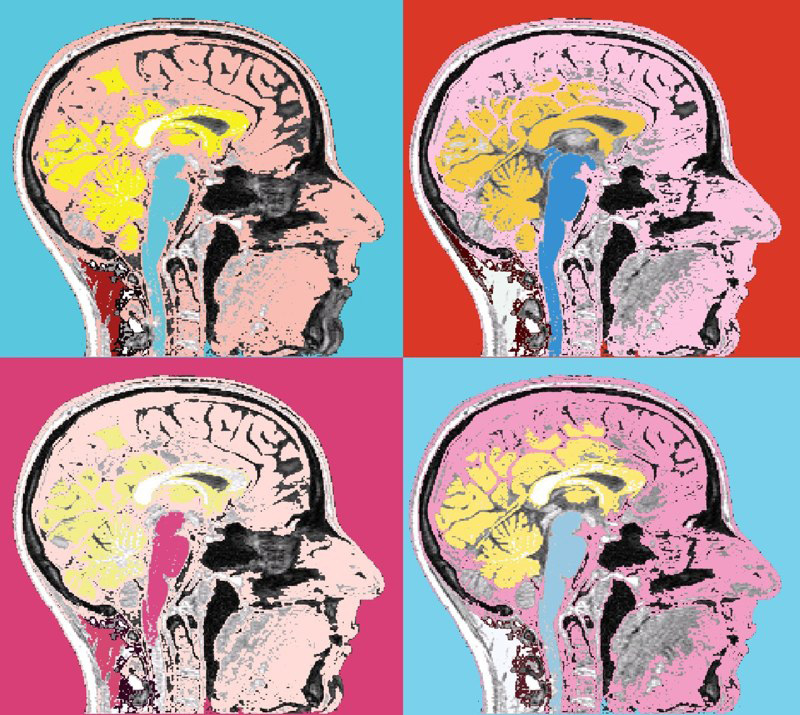
“The Art and the Brain conference aims to encourage an interdisciplinary discussion between archaeologists, neurophysiologists and artists to develop current understandings and interpretations of non-verbal communication and the development of art in prehistory. Recent developments in the fields of neurophysiology and neuroaesthetics have highlighted the limitations, capacities and facilities of the brain with respect to our perception and cognition.”

“Embodied cognition is “the sense of drawing you in and making you really feel the quality of the paintings,” Tyler explained. For example, viewers appreciate Botticelli’s painting “The Birth of Venus” because it makes them feel as though they are floating in with Venus on the seashell. Similarly, viewers can feel the flinging of the paint on the canvas when appreciating a drip painting by Jackson Pollock.”
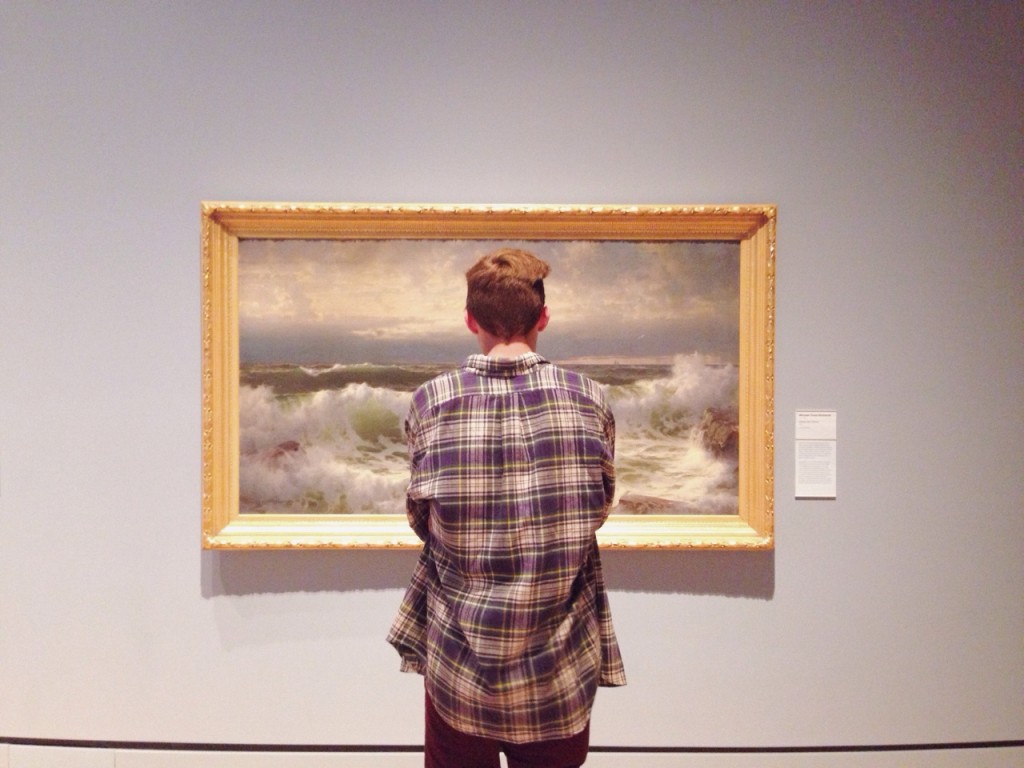
“After analyzing 15 studies that had people looking at art for different reasons, neuroscientist Oshin Vartanian explained in a Q&A that “areas of the brain involved in processing emotion and those that activate our pleasure and reward systems are also being engaged.” Essentially, parts of the brain that are associated with contemplation are automatically sparked when viewing art, even if they aren’t thinking about it critically.”
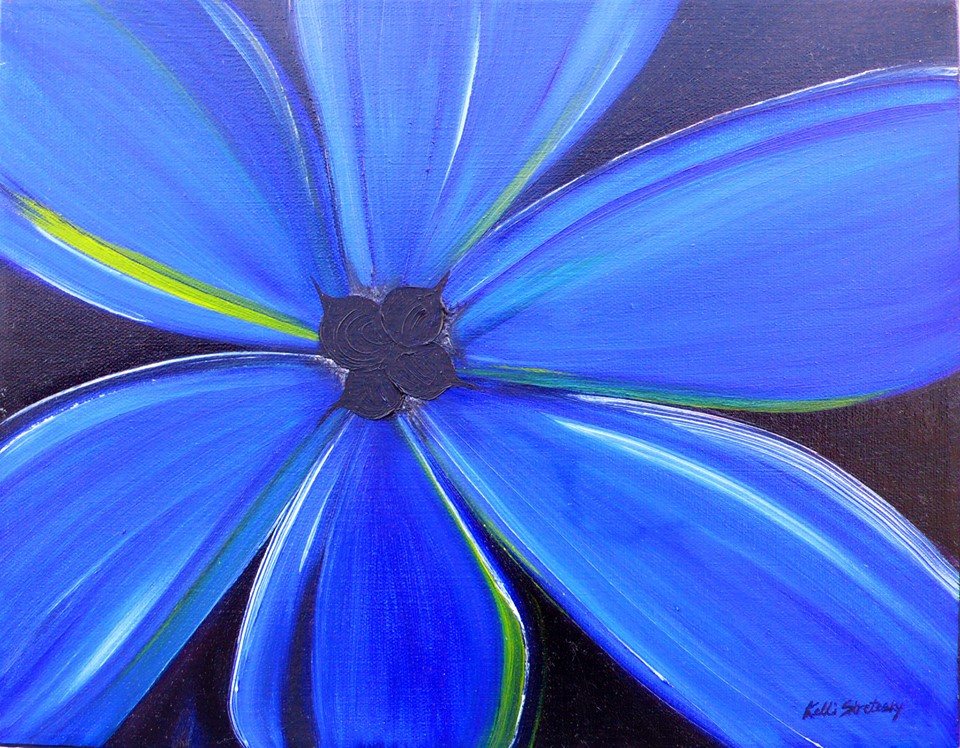
“Patients, especially those anxious about undergoing procedures and tests, respond well to the visual stimulation, finding it reduces their stress. And despite the fact that many hospitals face budget shortfalls, they often can purchase or commission art through funds supported by donations, or those built into budgets for new construction.”

‘”That awe, wonder and beauty promote healthier levels of cytokines suggests that the things we do to experience these emotions — a walk in nature, losing oneself in music, beholding art — has a direct influence upon health and life expectancy,” said UC Berkeley psychologist Dacher Keltner, a co-author of the study.’

“The experience of art in whatever form has long been characterized as pleasurable both to the senses and to the intellect (Dutton, 2009).
These findings are consistent with our hypothesis, leading us to propose that the appeal of visual art involves activation of reward circuitry based on artistic status alone and independently of its hedonic value.”

“In the journal “NeuroImage”, Emory University School of Medicine researchers found that parts of the brain involved in making decisions, taking risks and experiencing pleasure — the ventral striatum and the hypothalamus — are activated more from viewing paintings than photographs that represent similar themes.”

“We put people in a scanner and showed them a series of paintings every ten seconds. We then measured the change in blood flow in one part of the brain.”
“The reaction was immediate. What we found was the increase in blood flow was in proportion to how much the painting was liked.”
“The blood flow increased for a beautiful painting just as it increases when you look at somebody you love. It tells us art induces a feel good sensation direct to the brain.”

“And the more recent research of Semir Zeki (link is external), University of London, connects the mere viewing of art with an increase in dopamine and activity in the brain’s frontal cortex, resulting in feelings of pleasure that are similar to being the throws of romantic love. What’s more, positive sensations are almost immediate when viewing an enjoyable or stirring work of art.”
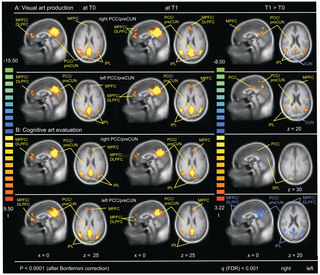
“Recent research on visual art has focused on its psychological and physiological effects, mostly in clinical populations. It has shown that visual art interventions have stabilizing effects on the individual by reducing distress, increasing self-reflection and self-awareness, altering behaviour and thinking patterns, and also by normalizing heart rate, blood pressure, or even cortisol levels.”

“Increase connection to nature. A number of studies have presented strong evidence that even 3 to 5 minutes of contact with nature can significantly decrease stress, reduce anger and fear, and increase pleasant feelings.8-11 This calming effect can be achieved by providing views to the outside, interior gardens or aquariums, or artwork with a nature theme.”
